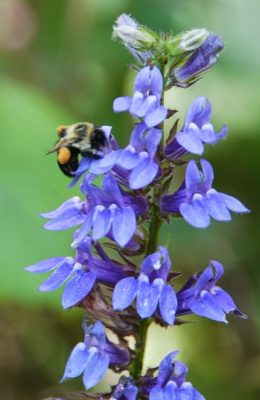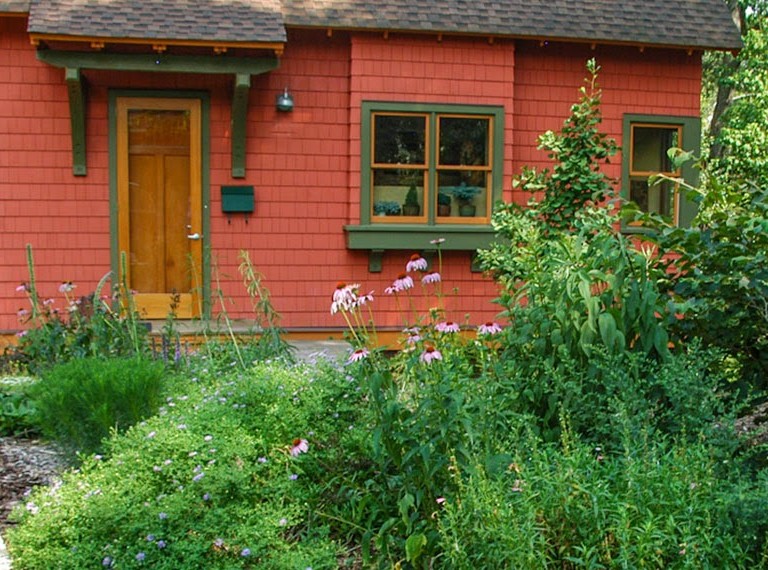How to Create a Pocket Meadow
We spoke to local plant ecologist, Lisa Wagner, to learn more about this sustainable approach to gardening for wildlife.

When standing in the middle of an untamed meadow, we might experience feelings of freedom or even harmony with the world around them. Looking beyond the swaying grasses and colorful wildflowers, we can remind ourselves that we are a part of nature. We may observe insects visiting flowers, deer grazing in the distance, or fireflies flickering. Meadows contain the magic it takes to support wildlife, and that’s enough to feel inspired to create one of your own.
The Magic in Meadows
Natural gardening means mimicking nature or recreating the way natural processes affect the plant communities and habitats we see. Plant ecologist, Lisa Wagner, encourages us to think of gardening as a form of restoration. It’s designing plant combinations that work, look, and feel like our local landscapes.
Lisa says, “The most important thing you could do as a gardener is to garden for wildlife, use plants that support our insects, and recreate an ecological web in your landscape to rebuild a sustainable habitat.”
For her, meadows are places full of movement, buzzing insects, and abundant wildlife. By planting native, she believes we can re-knit the fabric of our entire landscape. By ditching the lawn and moving forward toward more sustainable meadowscaping, we can mend our disconnection with the world around us.
Pocket meadows are small, native plantings inspired by the natural landscape. They offer the same ecological benefits of wild meadows, but on a smaller, more manageable scale. By assembling plants of similar physical environments, we can offer effective meadow habitat in our own backyards.
Helpful Tips for Meadowscaping

- Consider location and topography. Pocket meadows require an open sunny site.
- Know your soil. This ensures the plants you pick can adapt successfully.
- Start bare. Eliminate lawn grasses and weeds from your site. One way to do this is smothering with cardboard and mulch and waiting a few months.
- Plug instead of seed. It’s easier to use plants as plugs rather than spreading seeds. Nurseries may offer pre-organized native plant selections for pollinators. They can also advise you on the appropriate species to plant given your location and site conditions.
- Think “plant communities”. When selecting your meadow plants, think of plants that may grow together in nature. If you already have a favorite plant you want to include, find out what other species might grow nearby. Here are Lisa’s recommended plants for pollinators and pocket meadows.
- Leave it through the winter. The plants provide seeds for birds, cover for overwintering insects, and add visual interest. Learn more about why it’s important to leave seedheads standing. When spring arrives, you can trim back the meadow.
If you have a lawn, you can have a meadow and a much healthier ecosystem.
Pocket meadows are a great way to make the most of your landscape. Although low maintenance, they can take a few years to establish. Creating a native plant meadow is not as simple or easy as letting the grass grow, but with the proper planning, dedication, and hard work, the successful plantings can be very rewarding.
Lisa says, “You don’t ever lose the love of plants in nature. It only grows more.” We encourage you to get to know your plants, where they are from, and what conditions they need to survive. For those just starting out, just have fun and start small. You don’t have to take on everything, but you can start small and expand.
If you’re interested in learning more about Lisa and pocket meadows, you can visit her natural gardening blog.

Written by AmeriCorps Communications and Education Associate Rachel Hess. Botanical expertise provided by plant ecologist Lisa Wagner.